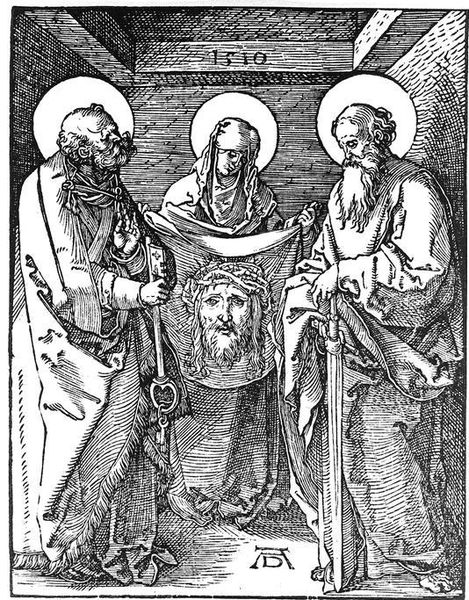It’s just as bad as that Italian Alps painting your Uncle Louie bought from the back of a truck, but it’s really expensive.
| I’m not sure what the heck it’s supposed to be, but it’s a thousand dollars. |
Last week I saw a bloated bit of bad ‘original’ art for the equally-bloated price of $999 at my local HomeGoods® store. “And thus is demonstrated the failure of public schools to teach art appreciation,” commented Michael Chesley Johnson.
In 1914, Elsie De Wolfe wrote, “Our ancestors hung their walls with trophies. Our pioneer of to-day may live in an adobe hut, but he hangs his walls with things that suggest beauty and color to him, calendars, and trophies and gaudy chromos. The rest of his hut he uses for the hard business of living, but his walls are his theater, his literature, his recreation.”
The earliest mass-produced art was woodblock printing on paper. It originated in China in the 7th century. By the high Middle Ages, it was common throughout Europe. It was labor-intensive, and the plates broke down after multiple impressions. Thus, woodblock prints were too precious to hang.
 |
|
Central-Park Winter: The skating pond, lithograph by Currier and Ives, 1862, courtesy the Museum of New York.
|
Then came engraving and etching, and from them lithography, which uses a limestone plate and a water resist. It allows for much longer print runs. From it was born the American printing house of Currier and Ives.
In 72 years, Currier and Ives produced 7500 lithographic plates, totaling more than a million prints. These were all hand-pulled. More impressively they were almost all hand-colored. A team of women artists worked assembly-line fashion, each with her own color.
Currier and Ives prints were given the imprimatur of The American Woman’s Home, a popular 1869 guide to “formation and Maintenance of Economical, Healthful, Beautiful, and Christian Homes” by two of the crusading Beecher sisters.
“The great value of pictures for the home would be, after all, in their sentiment. They should express the sincere ideas and tastes of the household and not the tyrannical dicta of some art critic or neighbor,” they wrote.
 |
|
Daybreak, 1922, by Maxfield Parrish. This was the most popular art print of the 20th century.
|
Currier and Ives closed in 1907, the victim of the invention of rotogravure. It is fast, cheap and reliable. Suddenly, the world was awash in printed images—including advertisements and Sunday supplements. This was so much the rage that Irving Berlin mentioned it in Easter Parade in 1933:
On the Avenue, Fifth Avenue, the photographers will snap us,
And you’ll find that you’re in the rotogravure.
And you’ll find that you’re in the rotogravure.
 |
|
The Heilige Schutzengel hung in many 20th century nurseries, including mine.
|
Along with that came art prints. They ranged from the mawkish, like the so-called Lindberg Heilige Schutzengel (Holy Guardian Angel) that graced so many children’s bedrooms, to nostalgic art prints of the immigrants’ home countries, to sophisticated prints of good paintings. The middle classes were spoiled for choice, and with that, they entered the world of connoisseurship. And, yes, Michael, they studied art appreciation in school.
 |
|
By the middle of the twentieth century, even middle-class Americans could afford real art, as long as it was imported from East Asia.
|
In the 1970s, we began to see cheap hand-painted art from East Asia. These are done with brushes by actual humans, but with no artistic intention behind them. Often, they are copies of western masterpieces, flagrantly disregarding our copyright laws. But back then they were—above all–affordable. Now the middle classes could own an ‘original’ painting for little more than the cost of a print.
This artwork at HomeGoods® just completes the circle. It’s just as bad as that Italian Alps painting your Uncle Louie bought from the back of a truck, but it’s really, really expensive. You could own a real painting for that price.



